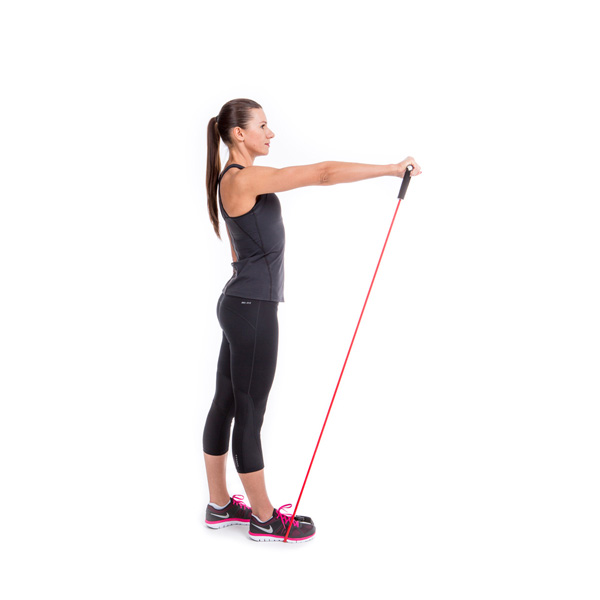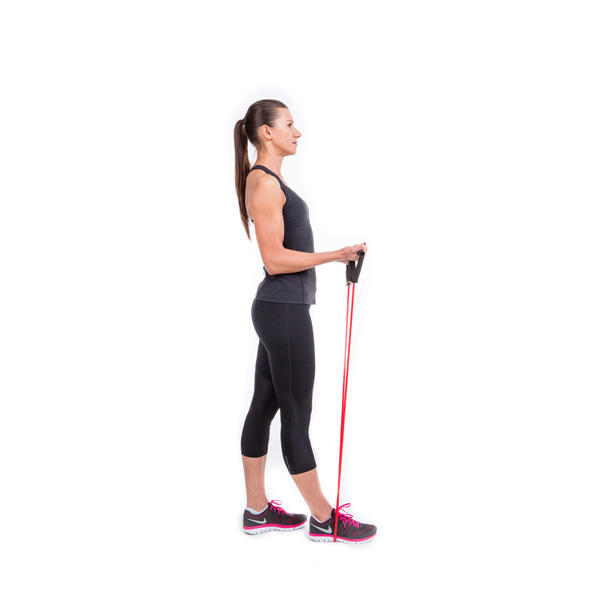You Injured Your Rotator Cuff, Now What?
The Best Treatments for Rotator Cuff Injuries
The rotator cuff is a group of four muscles, each of which has a tendon that attaches to the head of the upper arm bone (humerus). It surrounds the shoulder joint like a “cuff” and keeps the head of the humerus firmly within the socket of the shoulder. The rotator cuff not only allows our arms to move and rotate, but it also provides stability for the shoulder and helps the joint maintain good alignment and posture in many of our daily activities. In short, the rotator cuff is largely responsible for many of the common movements involving the arm that we perform every day.
Frequent Use Increases Injury Risk
Serving such an essential role and being used so frequently, the rotator cuff is also a common site for injury. Injuries to the rotator cuff occur most often in people who repeatedly perform overhead motions in their professions or sports such as painters, carpenters, swimmers, tennis and baseball players, especially pitchers. After repeating these activities regularly for a long period of time—or through the aging process—rotator cuff tendons eventually become inflamed, which can result in pain or injury.
The most common injuries to this area are rotator cuff tendinitis (shoulder impingement), shoulder bursitis and rotator cuff tears. Symptoms of these injuries are typically described as a dull ache deep in the shoulder that makes it difficult to reach behind the back or lift the arm. Some patients also experience arm weakness or sleep disturbance.
Surgery Not Needed in Most Cases
If you’ve injured your rotator cuff, in most cases conservative (non-surgical) rehabilitation is usually all that’s needed to help you recover. Surgery should only be considered for severe tears or after an extensive course of conservative rehabilitation doesn’t lead to improvements.
You can treat your rotator cuff injury on your own with:
- Rest/activity modification: rest your shoulder and avoid any activities that can cause pain or discomfort, especially those that require lifting your arm over your head, and try not to carry any heavy bags
- Ice: apply ice to your shoulder for 20-30 minutes every 3-4 hours for a few days
- Heat: after about 2-3 days, start applying heat to your shoulder by soaking a hot towel in water, ringing it out and holding it to your shoulder while swinging your arm back and forth like a pendulum; repeat 2-3 times a day
- Support: any movement after you've injured your rotator cuff can be very painful. Wear a brace to support your rotator cuff to help immobilize it and add compression
For pain that persists after these home remedies, physical therapy is the next step that may be necessary. Physical therapy can be as effective as surgery for non-traumatic rotator cuff tears, and it’s best to get started soon after an injury. Each physical therapist will create a personalized program based on your needs, abilities and goals, but treatment will usually consist of ultrasound, massage, manual therapy, electric stimulation and stretching and strengthening exercises. These stretching and strengthening exercises can be performed at home, but you should see a physical therapist first for a complete evaluation and specific instructions:

Forward Flexion Shoulder Raise
Hold a resistance band beneath your foot, keep your arm straight and lift it directly in front of you until it’s at eye level

Internal/External Rotation
Using a resistance band, keep elbow at your side and bent at a 90° angle, and slowly move your hand towards your body, then outwards, away from the body
Rotator cuff injuries are usually not a major problem if they are addressed properly. Take some time off and get the help you need to treat this type of shoulder pain and keep active in the things you enjoy doing.











